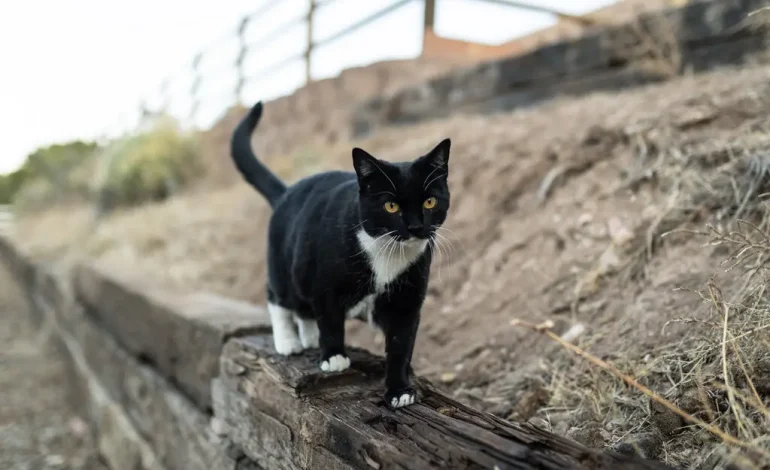The Centers for Disease Control and Prevention (CDC) recently published, then swiftly deleted, data indicating that bird flu, specifically the H5N1 virus, may be spreading between cats and humans, the New York Times reports.
This brief revelation, which appeared online on Wednesday, confirmed instances of transmission within two households, raising concerns about the potential risks of the virus to both people and pets.
The data, which was briefly visible as part of a report on air quality related to the Los Angeles County wildfires, documented two separate instances of bird flu transmission. In one case, an infected cat appeared to have transmitted the virus to another cat and a human adolescent in the same household. The cat died four days after showing symptoms. In another case, a dairy farmworker was the first to show symptoms, with a cat becoming ill shortly thereafter, dying three days later.
The appearance of this table was notably absent from the report’s embargoed copy, which had been distributed to media outlets prior to the public release, and was not included in the currently available versions of the document. The table, which first appeared around 1 p.m. on Wednesday, was removed soon after, with no clear explanation for its brief presence or removal.
The H5N1 virus, primarily adapted to birds, has been circulating among mammals, including dairy cattle, since early last year. Although H5N1 has infected at least 67 Americans, it has not yet developed the ability to spread easily between people. To date, only one US death from H5N1 has been reported, in Louisiana.
The report in question was part of the CDC’s Morbidity and Mortality Weekly Report (MMWR), a well-known publication that had been on a brief hiatus due to a communications ban imposed on the agency. This report on air quality and the wildfires in Los Angeles was the first to be published in two weeks, during which time the CDC has faced scrutiny for holding back information on various health issues, including the transmission of H5N1.
The discovery that cats may be capable of transmitting the virus to humans, while not entirely unexpected, has prompted alarm among experts. Jennifer Nuzzo, director of the Pandemic Center at Brown University, emphasized the importance of releasing the full data and context for peer review, particularly if there are political reasons for withholding public health information.
“If there is new evidence about H5N1 that is being held up for political purposes, that is completely at odds with what government’s responsibility is, which is to protect the American people,” she stated.
Although domestic cats are known to be highly susceptible to H5N1, with at least 85 infections reported since late 2022, there have been no documented cases of cats passing the virus to humans before this finding. Dr. Diego Diel, a veterinarian and virologist at Cornell University, highlighted the need for more research into the potential risks, noting that with the widespread presence of cats in the US and their close contact with people, understanding this risk is crucial.
Cats can contract the virus when they prey on infected wild birds, and the recent rise in domestic cat cases has been linked to infections on dairy farms and potentially contaminated pet food or raw milk. H5N1 is often fatal in cats and can cause severe neurological symptoms.
Although historically H5N1 has mainly affected birds, its ability to infect mammals, including domestic cats, seals, and dairy cows, raises concerns about the virus’s potential to evolve and spread more easily to humans. Researchers are calling for continued monitoring and more detailed reporting to better understand the broader public health implications of this evolving situation.








